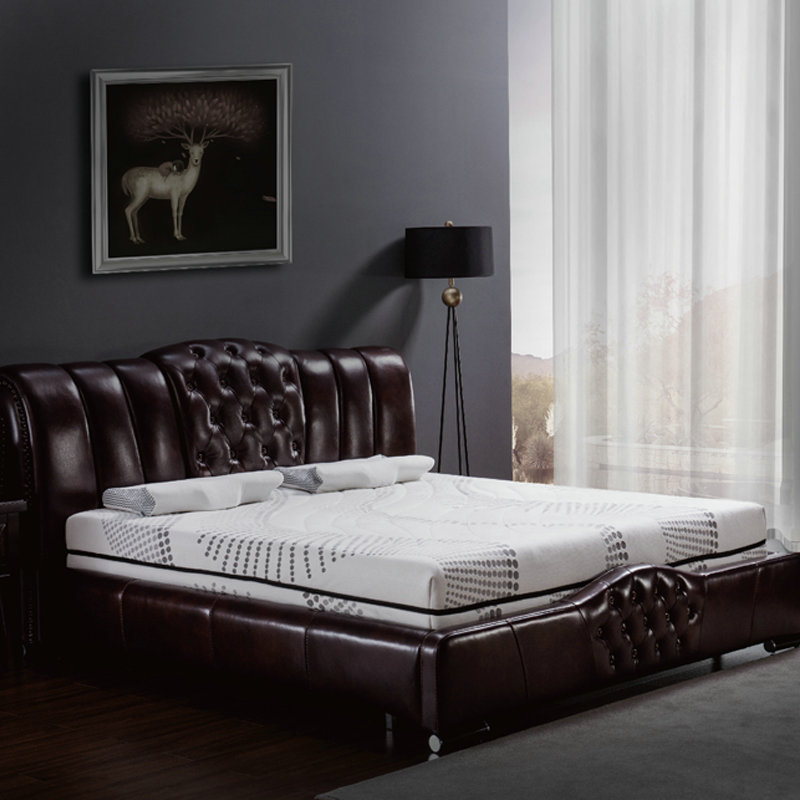Memory foam mattresses resist sagging or indentations over time through several key factors:
Foam Density
High-Density Foam: The density of the memory foam plays a significant role in its durability. Higher-density foams (typically 5 pounds per cubic foot or more) are more resistant to sagging and indentations because they are made with more material packed into each cubic foot. This increased density helps the foam retain its shape and support over extended periods.
Layered Construction
Supportive Base Layer: Many memory foam mattresses include a high-density base layer beneath the comfort layer of memory foam. This base layer provides structural support and helps maintain the mattress's overall shape, reducing the likelihood of sagging.
Transition Layers: Some mattresses feature transition layers between the memory foam and the base, designed to distribute weight more evenly and reduce pressure on specific points, which can help prevent indentations.

Quality of Materials
Resilient Foam Formulations: Advanced formulations of memory foam are designed to be more resilient, meaning they can return to their original shape more effectively after being compressed. This resilience helps the mattress withstand prolonged use without developing permanent indentations.
Gel-Infused or Open-Cell Structures: These structures allow for better airflow and heat dissipation, which can reduce the softening of the foam over time, thereby maintaining its integrity and resistance to sagging.
Proper Support System
Compatible Bed Frames: The type of foundation or bed frame used can impact the mattress’s resistance to sagging. A solid, supportive base, such as a platform bed or a properly spaced slatted foundation, helps distribute weight evenly across the mattress, preventing sagging in specific areas.
Rotating the Mattress: Regularly rotating the mattress can help distribute wear more evenly across its surface, reducing the chances of developing indentations in high-pressure areas.
Warranty and Testing
Manufacturer Testing: Reputable manufacturers often conduct durability tests on their memory foam to ensure it can withstand long-term use without significant sagging or indentations. Look for mattresses that have undergone and passed such tests.
Warranty Coverage: Many memory foam mattresses come with warranties that cover sagging beyond a certain depth (e.g., more than 1 inch). This coverage indicates the manufacturer's confidence in the mattress's long-term performance.
By combining high-density foam, a supportive structure, and quality materials, memory foam mattresses can effectively resist sagging and indentations, ensuring lasting comfort and support.











